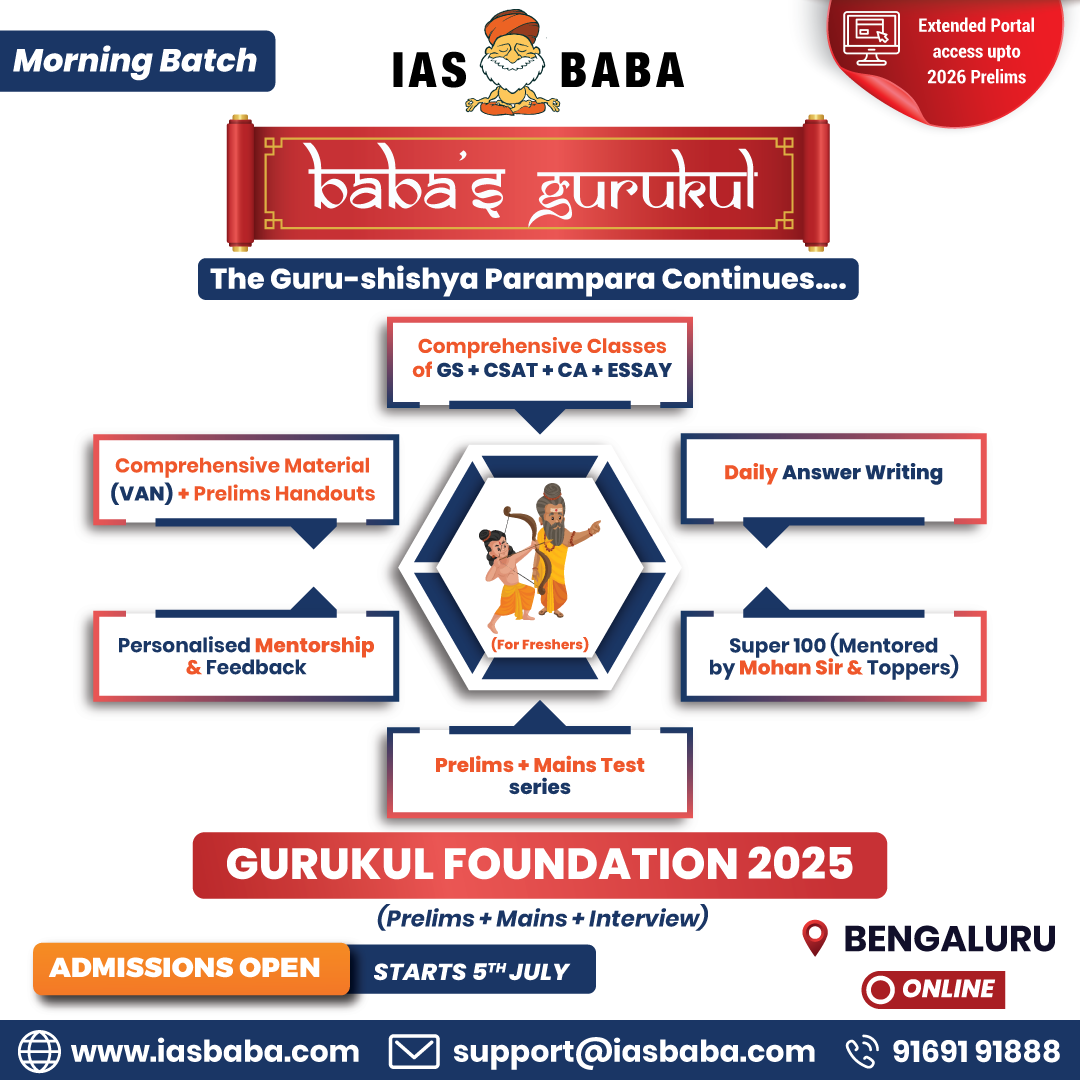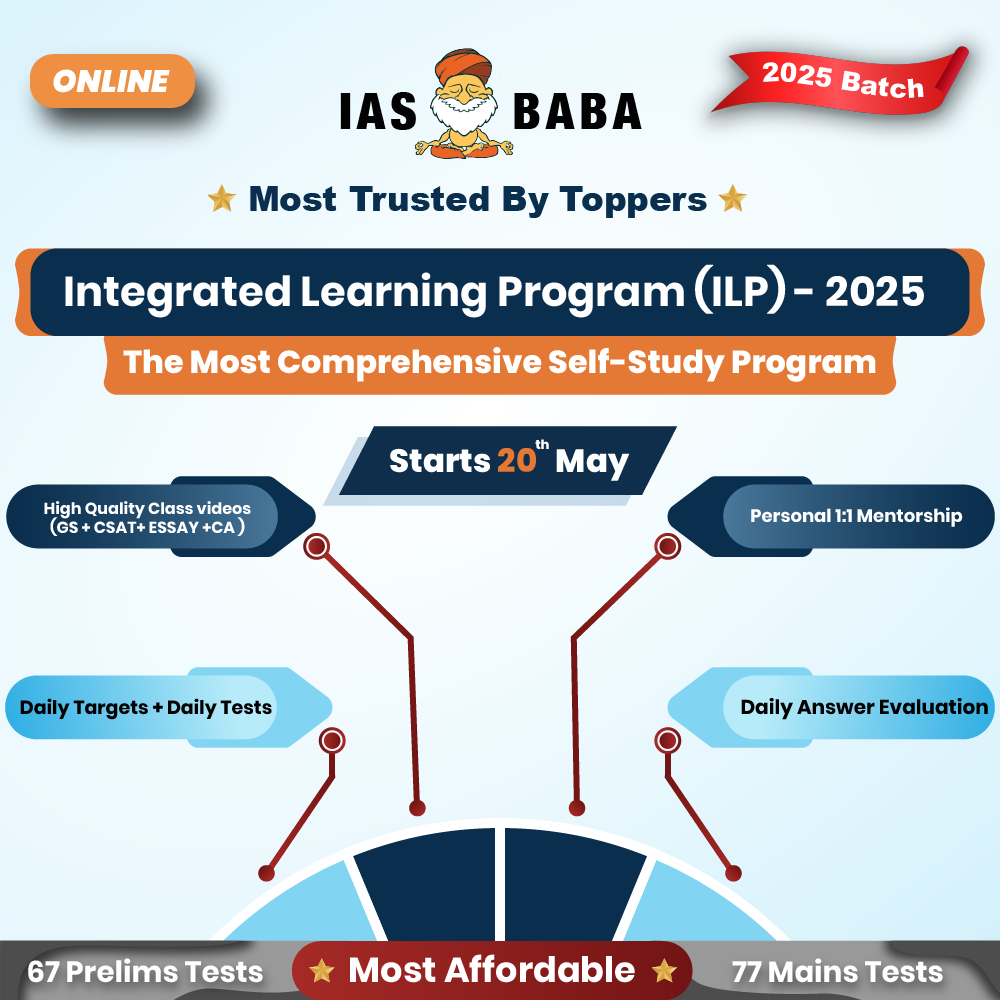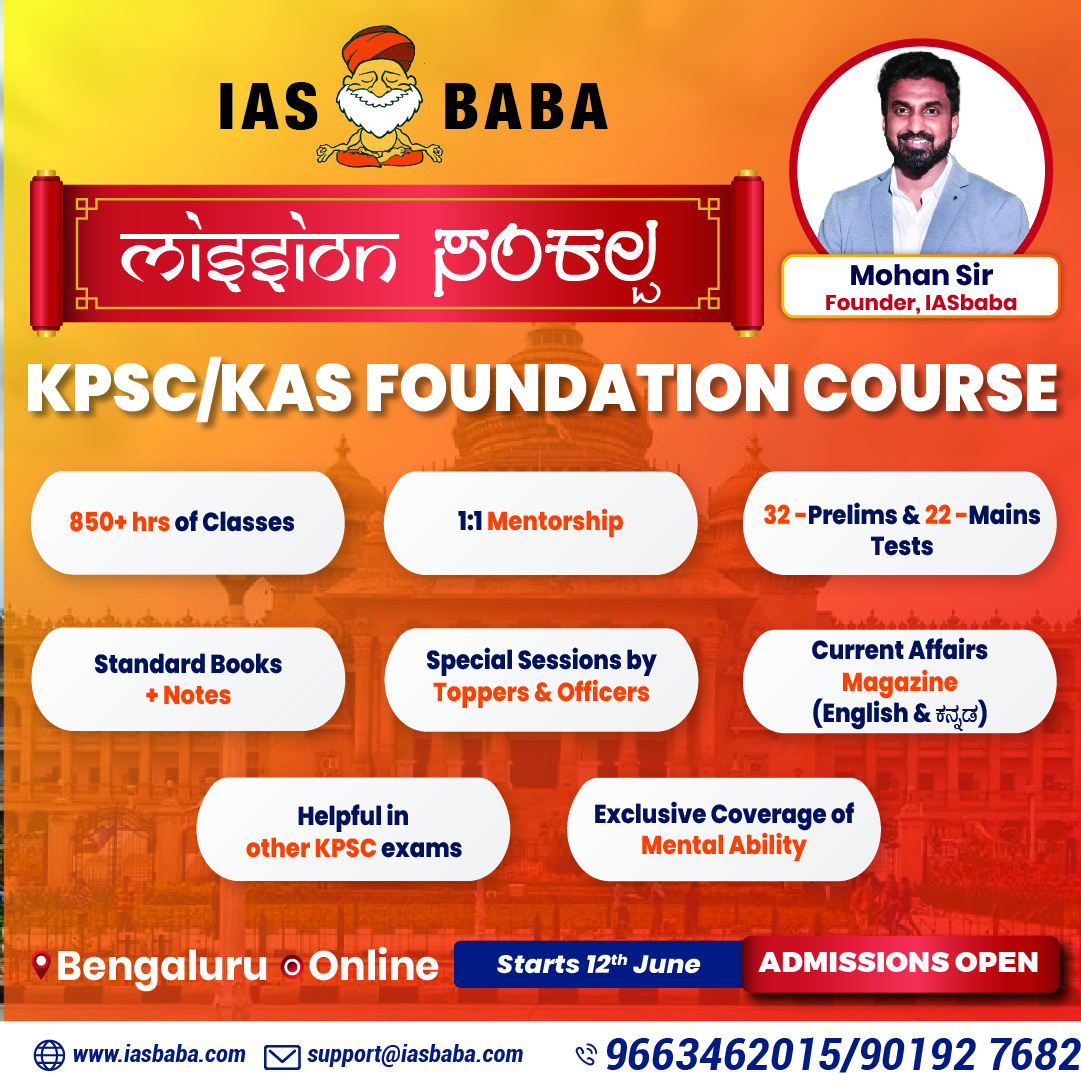The Big Picture- RSTV
Judicial Appointments- Why is it still eluding solution?
Background
The confrontation between judiciary and executive on the issue of appointment of judges seems to have taken a worrisome dimension. The CJI of India directly charged the centre of attempting to bring the judiciary to a grinding halt by not appointing High Court judges. This is one of the strongest statement made by CJI on the government.
The list of 75 names were sent to centre for appointment of HC judges since February and six months down the line there has been no progress. Meanwhile, the Memorandum of Procedure (MoP) which has to be adopted continues to elude consensus between the government and the SC collegium.
The pendency of cases in the 24 HCs have reached nearly 4 million and a massive 30 million cases are pending in the trial courts. Out of the sanctioned strength of 1056 judges for the 24 HCs, 434 posts are lying vacant. There are vacancies in SC also.
It is needed to understand why the issue has become so complicated which has forced the CJI to make serious charges against the government and why the consensus is eluding judiciary and the executive.
Attacks and counter-attacks
The statement of CJI is similar to that of what the Union Finance Minister said about judiciary creating problems in working of executive. Such statements aggravate a confrontation between two limbs of the state. And ignoring the constitutional scheme of constitutional separation of powers, it amounts to infringing in other’s territory unnecessarily.
As per a former HC judge, it seems like a cock fight on a non-issue. The new MoP was introduced after NJAC was struck down by SC to balance the procedure of appointment. The inputs were given by bar and civil society and ultimately SC passed an order that centre will prepare the MoP in consultation with CJI. However, if it goes by no procedure while appointing the HC judges, there will be a setback to multiple debates arising for transparency, accountability and fairness in appointment. If SC has given the opportunity by the order to prepare MoP, there should not be any problem. Hence, there is a non-issue.
Differences
Government says when 5 judges of the collegium express an opinion on particular candidate, the opinion of all 5 should be conveyed to government. The SC denies to do it.
Government has asked to set up a committee which will evaluate the comparative merit of the candidate. This should be done as CJI along with his collegium does not have time to go into the nitty gritty of the judges’ background and bringing out comparative merit. But, there is difference of opinion on appointment of a committee. It is power struggle which is limping the state.
In matters of seniority, government of India says Chief Justice of HC will be primarily on basis of seniority. This is extremely ordinary in service jurisprudence. However, SC opines not only seniority but also merit and integrity. This time SC is more realistic in approach as the senior member may not be necessarily fit for top post. The purpose of selection is to select the best, make judiciary transparent, accountable and accessible to people.
The government wants to make inroads into judiciary appointments after NJAC was struck down. The Chief Minister’s recommendation for CJI of state HC should be taken into account. In such a manner, the government wants to reduce the independence of judiciary through procedural appointments.
Where is the problem?
- The institutions’ distrust each other for which there is a historical reason. It was present in 1970s when there were calls for committed judiciary, there were threats to pack the judiciary. After that, when the judiciary could not do anything with the supersession of the judges, that very soon led to the emergency.
- Given the constitutional history, the fight SC later on put up and finally took over the power of appointing judges to keep out the committed judiciary kind of argument, it worked for a period when there was not any majority government. The first majority government that has come in India after two decades, passes the NJAC and the SC strikes it down. The one recommendation of government on an SC judge was shot down and no one knows the real reason.
- After the SC judgment in NJAC act, the government approached the SC to send them the prospective names of candidates and it will process it and will not create any hurdle till the MoP is finalised. Now, the government is sitting on names of appointments, it is blocking the recommendation of transfers.
- Veto power wanted by government is the main contention between executive and judiciary. MoP is also not finalised because of other reasons like Secretariat that government wants to be set up by SC, a committee to screen all candidates and dispute over who will have authority to man the committee.
- Previous judgements had allowed the Chief Ministers to have a say in judicial appointments, though there were no such mention in constitution. The present government wants to continue with it, but now SC is not in favour of it.
Way ahead
Unless the court is assured that people of integrity, judged by peer review are appointed, independence of judiciary and working of democracy cannot be assured. What government and judiciary agree upon is that there should be transparency.
A consensus is necessary for the appointment of judges where every year there are retirements and having 40% vacancy in HCs is not efficient for the working of judiciary.
Today, the appointments are made in adhoc and non-transparent manner. There needs to be some transparency by way of putting up the names of proposed candidates on a public website. In such a way, if members of public have significant information about them which needs to be taken into consideration by collegium and appointing authorities, they can do so.
The continuous turf war needs to be stopped.
Some tension between executive and judiciary is inevitable and even good because their jurisdictions are not watertight. While Parliament has the unfettered right to pass laws, the courts have the right to check if these laws are in tune with the basic structure of the constitution. This creative tension keeps both the executive and the judiciary on guard – and mutually accountable. But if this tension degenerates into open war and ego tussles, it can be ruinous for the country and governance. This is what both government and judiciary must seek to avoid.
Key words:
MoP: Memorandum of Procedure is a document which guides the appointment of judges to the higher judiciary, so it can be handed over to the Chief Justice of India for a final decision. It is being prepared by the Law Ministry in consultation with CMs and chief justices of the 24 high courts.
As of now, there are two MoPs
- Dealing with appointment of Chief Justice of India and other judges of the Supreme Court 2. Dealing with appointment of chief justices and other judges of high courts.
The draft MoP for appointment of members to the higher judiciary is being prepared after the Supreme Court struck down the National Judicial Appointments Commission (NJAC) Act on appointment of judges to the apex court and high courts.
The four issues highlighted by the draft MoP are
- Transparency in the appointment process
- Eligibility criteria
- A permanent secretariat for the collegium
- A process to evaluate and deal with complaints against candidates
Committed judiciary: During emergency, PM had called for a ‘committed judiciary’ which was largely interpreted that judiciary had to be “committed” to the executive.
The advocates of committed judiciary wanted from the Judges conformity with the political philosophy of the party in power, if not with their policies and programmes. This meant to appoint persons as Judges who would interpret law in the light of the ideology of the ruling party, and it was only a short step from asking the Judges to decide cases according to the wishes of that political party.
Connecting the dots:
- Executive and legislature have to be complement each other instead of bring each other down. The former will develop India, the latter will disrupt. Critically analyse
Refer:
Judicial Activism or Judicial Adventurism?
The Big Picture – Vacancies and Pending Cases in Courts: What’s The Solution?













